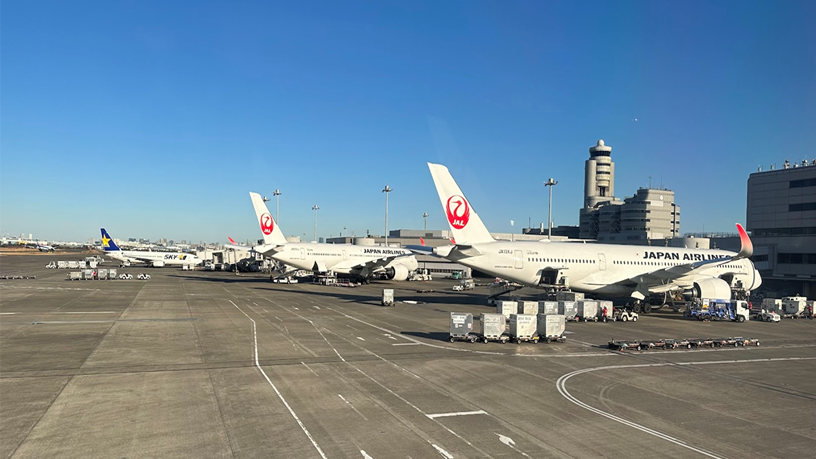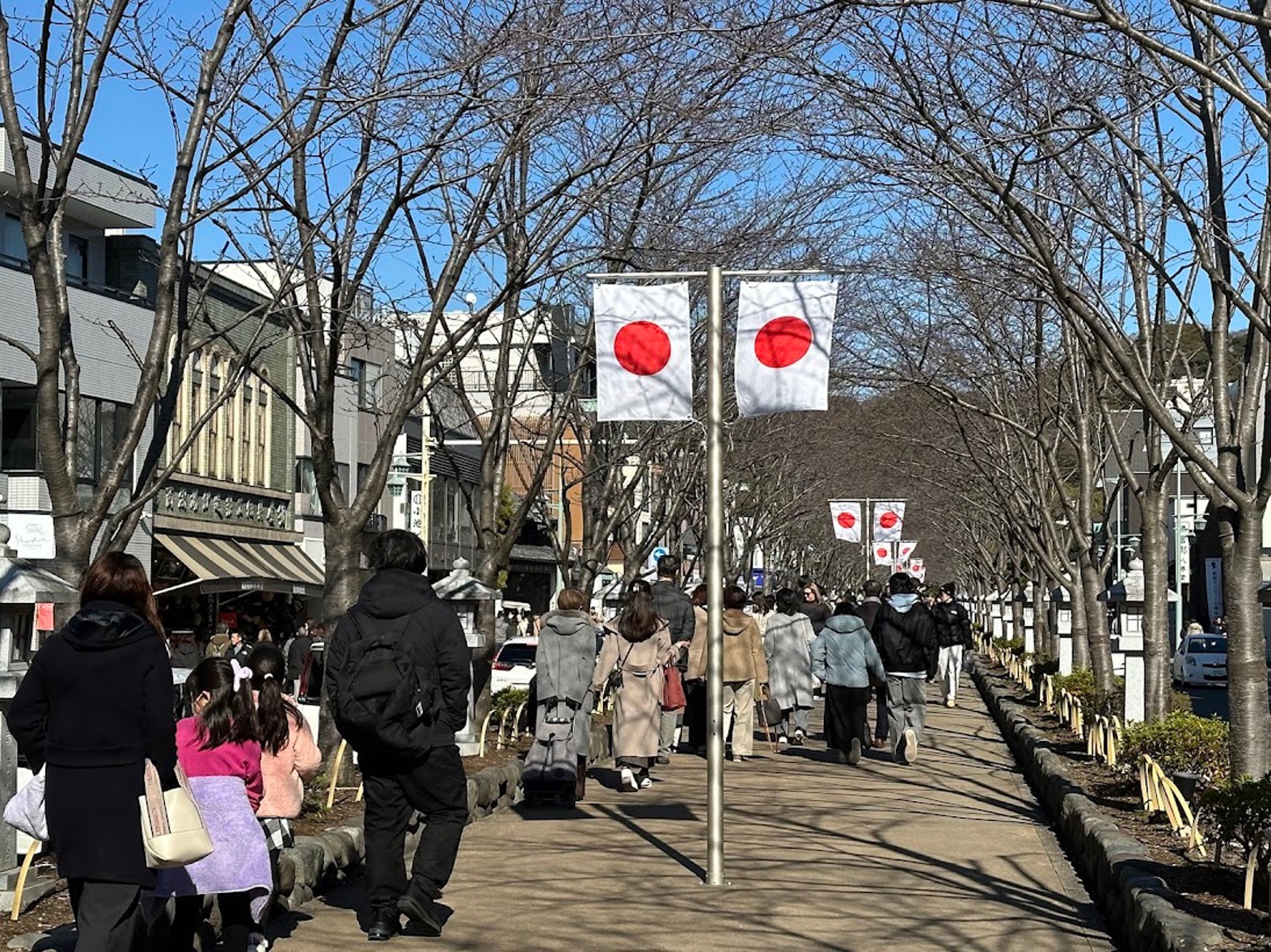BLOG
Current Situation of Entry and Exit in Japan

Surge in Visitors to Japan: More than 35 million Expected This Year
The recent surge in inbound visitors to Japan is evident both statistically and anecdotally. According to preliminary figures released by the Japan Tourism Agency on November 20, the total number of inbound tourists surpassed 30 million by the end of October 2024. This indicates that the annual total is likely to reach 35 million, exceeding last year’s figure by 10 million. Most visitors arrive at major international airports such as Narita, Haneda, and Kansai, before traveling to their destinations. However, a broader look at the entry points reveals some surprising trends. For instance, a significant number of arrivals come directly to regional airports from neighboring countries, and entry via maritime routes is also notable.
Top 20 Entry/Exit Points for Foreigners and Japanese
Below are the “Top 20 Entry/Exit Points for Foreign Visitors and Japanese Nationals” based on 2023 data published by the Ministry of Justice. In 2023, the total number of foreign visitors entering Japan was 25.83 million, while Japanese outbound travelers only numbered 9.62 million—a striking ratio of 2.7:1. This growing gap is a serious issue, though it merits discussion on a different occasion.
Foreigners’ Entry Points are Diversified; Japanese Departures are Concentrated in Haneda and Narita
The top five entry points for foreigners are as follows:
- Narita Airport: 8.03 million
- Kansai Airport: 6.52 million
- Haneda Airport: 4.65 million
- Fukuoka Airport: 2.67 million
- Sapporo (New Chitose) Airport: 1.22 million
These five airports alone account for approximately 90% of all foreign arrivals. Next in line are Chubu (Nagoya) Airport with 830,000 arrivals and Naha Airport with 800,000, making them other notable entry points.
On the other hand, Japanese departures are heavily concentrated in a few airports:
- Haneda Airport: 3.44 million
- Narita Airport: 3.03 million
- Kansai Airport: 1.66 million
- Fukuoka Airport: 540,000
- Chubu Airport: 500,000
Remarkably, 95.4% of Japanese departures are from these top five airports. Haneda, with its extensive domestic network, serves not only residents of the Tokyo metropolitan area but also travelers from other regions, accounting for 35.8% of all departures—surpassing Narita. Other airports, such as Sapporo, see significantly fewer departures (only 60,000), rendering them less relevant as international hubs for Japanese travelers. Interestingly, while Narita and Haneda together account for 49.1% of foreign arrivals, they capture a much higher 67.3% of Japanese departures. Additionally, the foreign arrivals-to-Japanese departures ratio, which is 2.7 overall, narrows to 1.4 at Haneda but expands dramatically to 19 at Sapporo and 15 at Naha. This indicates that international flights at Sapporo and Naha are predominantly utilized by foreign visitors.
Maritime Entry is Also Noteworthy
Not all entries and exits are by air. The eighth-ranked entry point for foreigners is Hitakatsu Port (120,000 arrivals). While many Japanese may not recognize this port, it is well-known to many South Koreans as the gateway to Tsushima. Korean tourists have been the mainstay of Tsushima’s visitor demographics for decades.
Unfortunately, only about 1,000 Japanese used Hitakatsu Port to travel to South Korea. The disparity in population and economic scale between Tsushima and Busan likely contributes to this imbalance. Similarly, Hakata Port, ranked 11th with 80,000 foreign arrivals, sees some reciprocal travel, with 40,000 Japanese departures. Other notable ports include Shimonoseki (45,000 arrivals), known for its ferry service to South Korea.
Regional Airports Supporting Inbound Demand
Many regional airports in Japan have established regular international routes, particularly to Seoul, Taipei, and major cities in China. Airports such as Sendai (9th), Takamatsu (10th), Kumamoto (12th), Komatsu (14th), Okayama (15th), Kitakyushu (16th), Hiroshima (18th), and Matsuyama (19th) all welcomed over 30,000 foreign visitors in 2023.
Direct flights to regional cities help alleviate congestion at major airports and offer mutual benefits. However, the current over-reliance on inbound tourism needs to be balanced with an increase in outbound demand from Japan. A more reciprocal flow would encourage further route development, enhancing connectivity and creating a sustainable growth model for international travel.
To ensure the sustainable growth of inbound tourism, Japan must also focus on stimulating outbound travel demand, which is currently languishing.
Haneda Airport

New Chitose (Sapporo) Airport

Yokohama Port (Osanbashi Pier)

2023: Top 20 Entry Points for Foreign Visitors to Japan (Airports and Ports)
| Rank | Port/Airport | Foreign Arrivals |
| 1 | Narita (Airport) | 8,036,214 |
| 2 | Kansai (Airport) | 6,525,181 |
| 3 | Haneda (Airport) | 4,657,583 |
| 4 | Fukuoka (Airport) | 2,677,005 |
| 5 | New Chitose (Airport) | 1,229,709 |
| 6 | Chubu (Airport) | 838,842 |
| 7 | Naha (Airport) | 807,685 |
| 8 | Hitakatsu Port | 120,147 |
| 9 | Sendai (Airport) | 111,637 |
| 10 | Takamatsu (Airport) | 89,086 |
| 11 | Hakata Port | 80,194 |
| 12 | Kumamoto (Airport) | 71,876 |
| 13 | Kanmon (Shimonoseki) | 45,580 |
| 14 | Komatsu (Airport) | 41,066 |
| 15 | Okayama (Airport) | 38,305 |
| 16 | Kitakyushu (Airport) | 37,778 |
| 17 | Nagasaki Port | 35,449 |
| 18 | Hiroshima (Airport) | 34,641 |
| 19 | Matsuyama (Airport) | 33,896 |
| 20 | Hakodate (Airport) | 27,005 |
Total: 25,830,810
2023: Top 20 Departure Points for Japanese Travelers (Airports and Ports)
| Rank | Port/Airport | Japanese Departures |
| 1 | Haneda (Airport) | 3,440,909 |
| 2 | Narita (Airport) | 3,030,384 |
| 3 | Kansai (Airport) | 1,661,870 |
| 4 | Fukuoka (Airport) | 546,160 |
| 5 | Chubu (Airport) | 500,677 |
| 6 | New Chitose (Airport) | 63,975 |
| 7 | Naha (Airport) | 55,184 |
| 8 | Hakata Port | 39,911 |
| 9 | Kanazawa Port | 32,201 |
| 10 | Takamatsu (Airport) | 23,617 |
| 11 | Sendai (Airport) | 22,572 |
| 12 | Yokohama Port | 21,884 |
| 13 | Hiroshima (Airport) | 19,389 |
| 14 | Ishigaki Port | 15,601 |
| 15 | Shizuoka (Airport) | 12,314 |
| 16 | Kagoshima Port | 11,919 |
| 17 | Matsuyama (Airport) | 10,499 |
| 18 | Okayama (Airport) | 10,393 |
| 19 | Kanmon (Shimonoseki) | 9,632 |
| 20 | Komatsu (Airport) | 9,410 |
Total: 9,624,158




